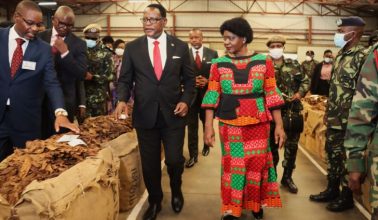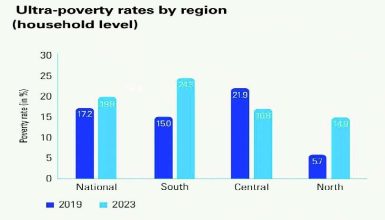Commercial banks face liquidity squeeze
Commercial banks are facing liquidity squeeze, resorting to access funds through Lombard facility from the Reserve Bank of Malawi (RBM).
RBM figures show that in November, banks borrowed K9.84 billion per day at an average rate of 13.9 percent.

The figures show that interbank lending also increased at an average of K7.53 billion per day in November at an average rate of 10.5 percent, a rise from K2.9 billion per day in October at an average rate of 9.9 percent.
In October and November, liquidity levels declined to a daily average of K27.10 billion in October from K33.54 billion per day in September and by K6.91 billion in November from K27.1 billion per day in October.
RBM spokesperson Mbane Ngwira said in an interview last week that the liquidity squeeze should not because for concern as the market is now correcting itself.
He said the situation is due to the fact that expenditure was far much less than the receipts.
“It could be that government is receiving more in the market than what it is putting in the market. Spending is far much less than what it has been receiving.
“This is actually good because it means less money chasing goods in the market, which means we are able to tame inflation because less money supply means less liquidity in the system,” he said.
Alliance Capital Limited research manager Bond Mtembekeza said the development cannot affect banks’ ability to lend funds to customers as deposits are taken in daily.
He said: “The high liquidity levels that we experienced came about largely because the Reserve Bank of Malawi was heavily rejecting Treasury bills bids on the primary market during that period.
“Rejection rate during that period averaged around 80 percent and that left too much money in the banking system; hence, high liquidity levels.
“At the end of the day, it is about matching assets and liabilities so they can always lend out.”
Earlier this year, RBM slashed the Liquidity Reserve Ratio (LRR) from 7.5 percent to five percent on local currency deposits and from 7.5 percent to 3.75 percent on foreign currency deposits to incentivise commercial banks that invest in designated sectors and instruments.
This move increased the money in circulation in the financial system.
At the recent Credit Awareness Week launch in Blantyre, RBM Governor Dalitso Kabambe said the central bank is committed to strengthening the country’s financial system and anchor stability of the country’s macroeconomic environment.





